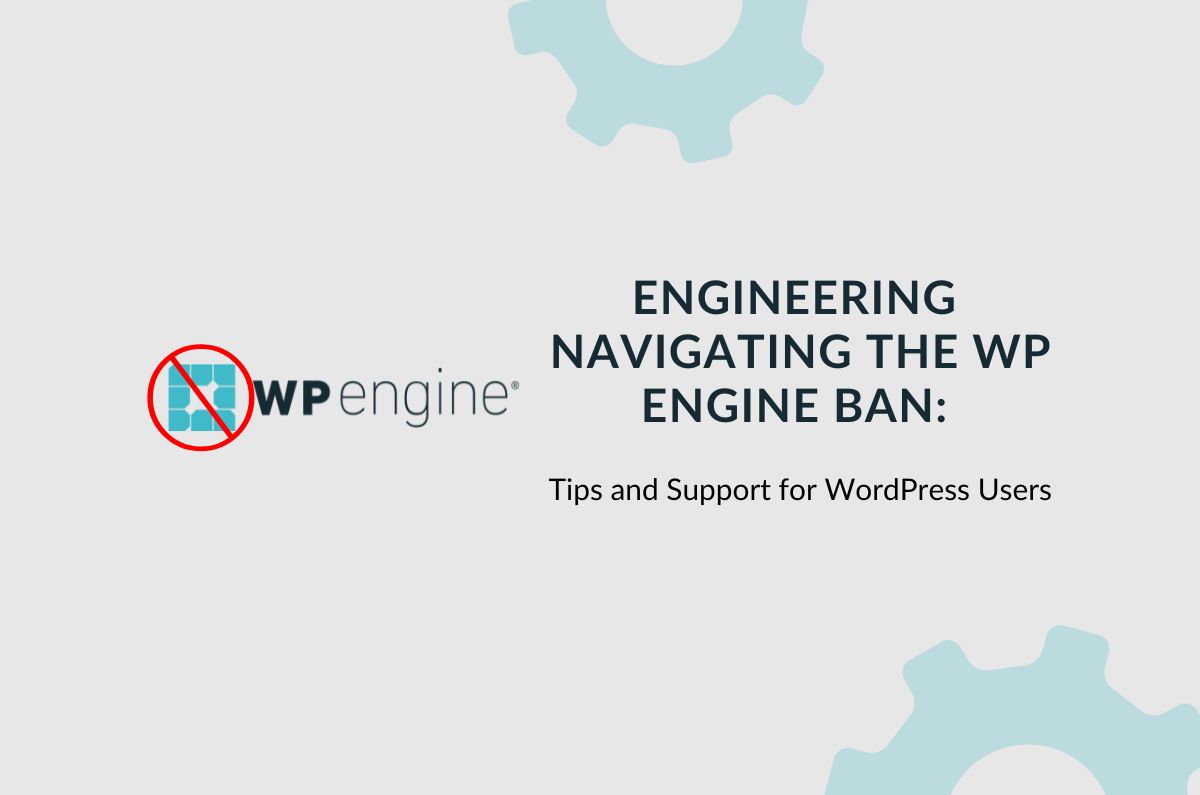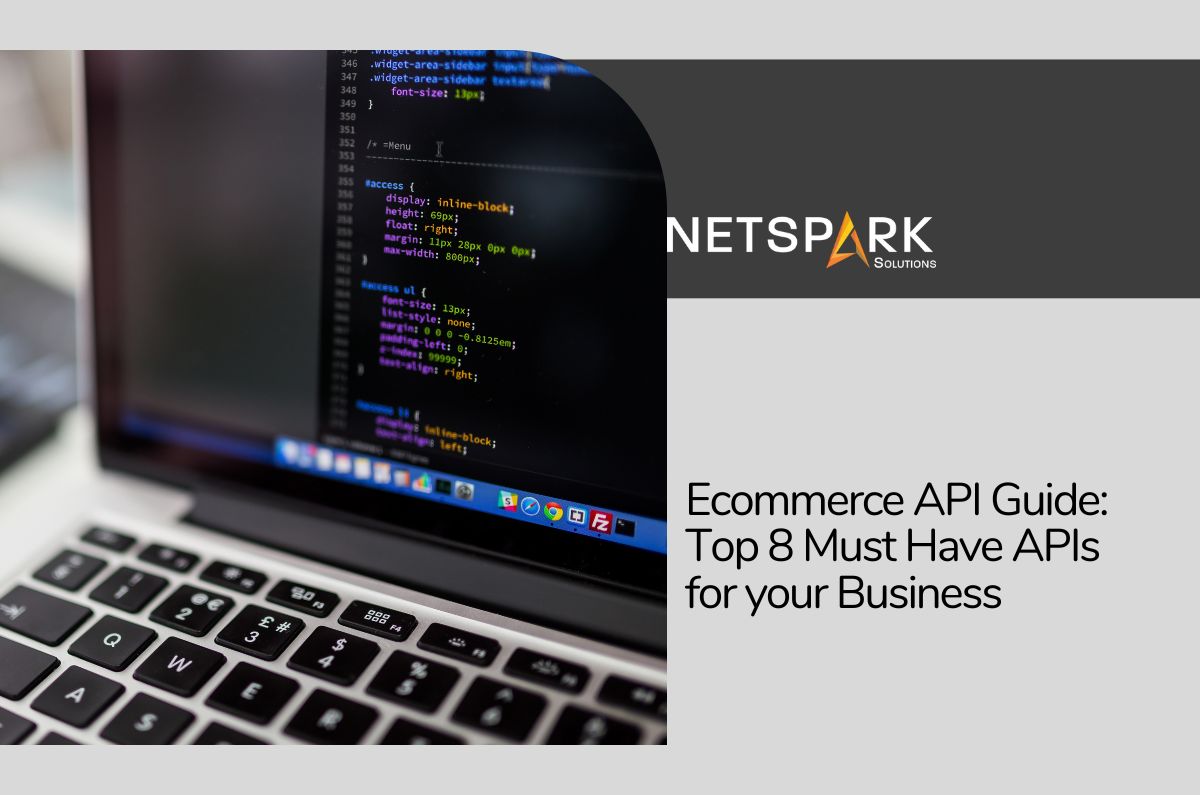As an increasing number of individuals venture into the realm of eCommerce, the landscape becomes more fiercely competitive. To ensure your website stands out amidst this growing crowd, it is imperative to implement something distinctive.
A pivotal distinguishing element could be the eCommerce User Experience (UX). The design of UX plays a crucial role in determining how effortlessly and delightfully users can navigate your website and complete purchases. Conversely, a subpar website design and user experience can result in a significant loss of potential leads who might otherwise become loyal customers. In fact, according to a HubSpot report, 88% of consumers are unlikely to revisit a site with a poor UX.
The primary hurdle for eCommerce websites lies in the conversion of visitors into customers and fostering repeat business. This underscores the crucial importance of recognizing the impact a well-crafted User Experience (UX) can have during the website development process.
Here are 7 best UX design practices that’ll help you boost your ecommerce store sales.
1. Intuitive Navigation
A well-designed and intuitive navigation system is paramount in creating a seamless and user-friendly online shopping experience. Central to this is the establishment of clear and logically organized product categories. By categorizing products in a manner that resonates with users’ expectations, you enable them to swiftly locate desired items, fostering a sense of efficiency and ease.
Additionally, implementing robust filtering options is essential. These filters empower users to refine their search based on specific attributes such as size, color, brand, and price range. This not only narrows down choices but also tailors the shopping experience to individual preferences. The inclusion of a visible and intelligently designed search functionality further augments user exploration.
A well-placed search bar, complemented by auto-suggestions, allows visitors to quickly locate products by typing keywords, minimizing the time and effort required to find what they’re looking for. In essence, the synergy of clear categories, versatile filters, and an efficient search feature collectively works to streamline the shopping process, mitigating frustration and encouraging users to delve deeper into the product offerings with a sense of ease and satisfaction.
2. Mobile Optimization
the optimization of e-commerce sites for mobile devices is not just a trend but a necessity. With an ever-growing number of users turning to smartphones and tablets for their shopping needs, ensuring that your e-commerce platform is seamlessly accessible on these devices is crucial. This can be achieved through the implementation of responsive design and mobile-friendly interfaces.
Responsive design dynamically adjusts the layout and content of your website to fit the screen size of the device being used, providing a consistent and visually appealing experience across various platforms. This adaptability is particularly vital as it caters to the diverse array of screen sizes and resolutions found on different smartphones and tablets.
Moreover, a mobile-friendly interface goes beyond just fitting content to a smaller screen; it involves creating an intuitive and easily navigable experience tailored to touch interactions. Streamlining the user interface for mobile users contributes significantly to a positive user experience, reducing the risk of frustration and encouraging users to explore products seamlessly. By prioritizing mobile optimization, your e-commerce site is not only keeping pace with the preferences of modern consumers but also laying the foundation for higher conversion rates as users engage more effortlessly with your platform on the go.
3. Clear Call-to-Action (CTA) Buttons
Crafting clear and compelling call-to-action (CTA) buttons is paramount in guiding users through a seamless and efficient shopping journey. These buttons, strategically placed on product pages and throughout the site, serve as navigational beacons, prompting users to take specific actions.
Utilize concise and action-oriented language like “Buy Now,” “Add to Cart,” or “Checkout” to convey the desired outcome distinctly. The visual prominence of these buttons is crucial; they should stand out with contrasting colors and bold typography to capture immediate attention. By employing such design elements, users can swiftly identify the next steps in their shopping process. These strategically positioned and visually appealing CTAs not only enhance user experience but also contribute to higher conversion rates by facilitating a straightforward and intuitive path from product discovery to completion of the purchase journey.
4. Streamlined Checkout Process
Streamlining the checkout process is pivotal in minimizing friction and optimizing the overall user experience. To achieve this, consider implementing either a one-page or a well-structured multi-step checkout system with clear progress indicators. This not only simplifies the process but also keeps users informed about their progress, reducing uncertainty and enhancing transparency.
Furthermore, allowing guest checkouts is essential in catering to users who prefer a quick and hassle-free transaction without the need for account creation. Offering multiple payment options adds another layer of convenience, accommodating diverse user preferences and reducing the likelihood of cart abandonment. A variety of payment methods, from credit cards to digital wallets, ensures that users can choose the option most convenient for them, thereby facilitating a smoother and more inclusive checkout experience.
5. High-Quality Imagery and Videos
Utilizing high-quality imagery and videos is a pivotal aspect of creating a visually engaging and informative online shopping experience. Displaying product images in high resolution allows users to inspect items with precision, providing a detailed and accurate representation. Incorporating multiple images showcasing products from various angles offers a comprehensive view, enabling potential buyers to make informed decisions about the features, design, and overall quality.
Moreover, integrating videos that highlight the product in use or demonstrate its functionality can enhance the user’s understanding and appreciation. To further enrich the user experience, consider implementing interactive features such as zoom functionalities, allowing users to closely inspect specific details.
Additionally, incorporating 360-degree views provides a more immersive exploration, allowing customers to virtually rotate and examine the product from every angle. This visual richness not only instills confidence in users but also contributes to a more enjoyable and satisfying shopping experience, ultimately fostering trust and increasing the likelihood of successful conversions.
6. Optimized Site Speed
Optimizing website loading times is a critical factor in providing a positive user experience and reducing the risk of user frustration or abandonment. To achieve this, it’s essential to employ various strategies geared towards swift page loading. One effective technique is image compression, which significantly reduces file sizes without compromising visual quality, thereby accelerating loading times.
Additionally, utilizing browser caching enables the temporary storage of website elements on users’ devices, preventing the need for repeated downloads upon subsequent visits and expediting overall page loading. Minimizing unnecessary elements, such as scripts and plugins, further streamlines the website’s performance.
A faster-loading website not only enhances user satisfaction but also positively influences conversion rates. In today’s fast-paced digital landscape, users expect instant access to information, and a site optimized for speed not only meets these expectations but also reflects positively on the brand, fostering trust and loyalty among visitors. Therefore, prioritizing optimized site speed is a fundamental step toward ensuring a seamless and efficient online shopping experience for your users.
7. Personalized Recommendations
Harnessing the power of AI algorithms to deliver personalized product recommendations is a strategic move that can significantly elevate the user experience on your e-commerce platform. By analyzing user behavior and purchase history, these algorithms can intelligently understand and predict individual preferences, offering tailored suggestions that resonate with the user’s interests.
This level of personalization not only helps users discover relevant products more efficiently but also creates a sense of individualized attention and engagement. The ability to showcase items based on a user’s unique tastes and preferences increases the likelihood of successful cross-selling or upselling opportunities.
As users feel more understood and catered to, they are more likely to explore additional products and make informed purchasing decisions. This personalized approach not only contributes to higher conversion rates but also fosters customer loyalty by creating a more enjoyable and customized shopping experience. Ultimately, the integration of AI-driven personalized recommendations represents a powerful tool for optimizing user engagement and driving business growth in the competitive e-commerce landscape.
Conclusion
Staying abreast of the latest UX practices is paramount for any e-commerce store aspiring to boost sales in 2024 and beyond. The dynamic nature of online consumer behavior necessitates a continuous commitment to optimizing user experience. By incorporating intuitive navigation systems, mobile optimization, clear call-to-action buttons, streamlined checkout processes, high-quality imagery and videos, optimized site speed, and personalized recommendations, e-commerce platforms can create an environment that not only meets but exceeds user expectations. These practices not only enhance user satisfaction but also contribute to increased conversion rates and foster customer loyalty. In the ever-evolving digital landscape, prioritizing user-centric design and embracing emerging UX trends positions e-commerce stores for sustained success, ensuring they remain competitive and resonate with the evolving needs and preferences of their target audience. As we move forward, the integration of these UX practices becomes not just a strategy but a necessity for unlocking the full potential of e-commerce store sales in the years to come.










